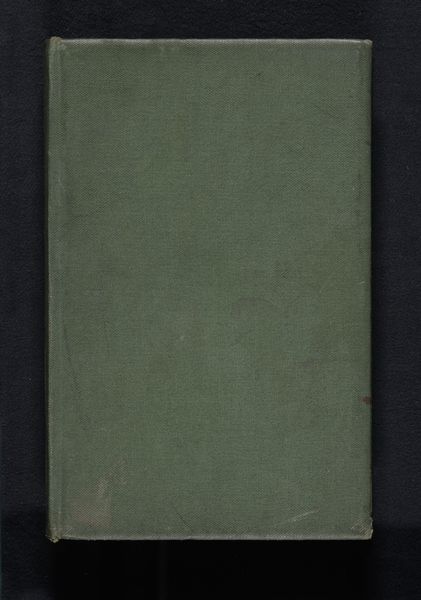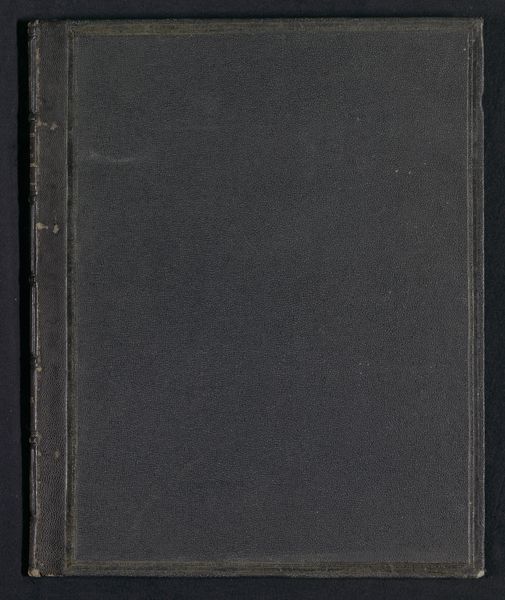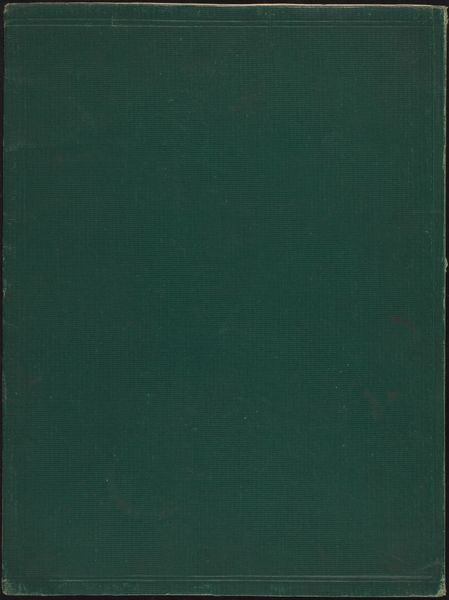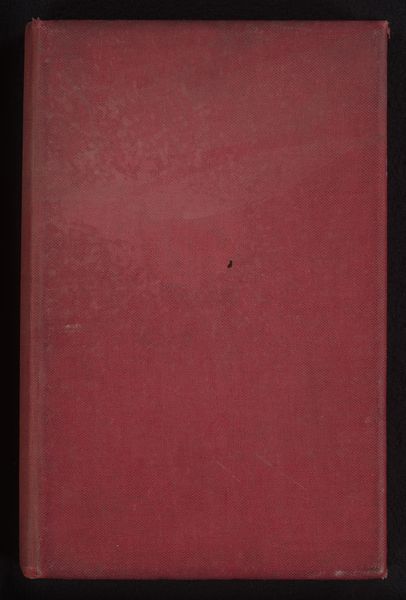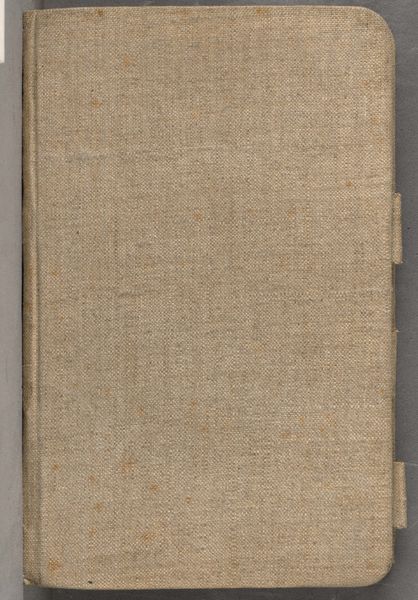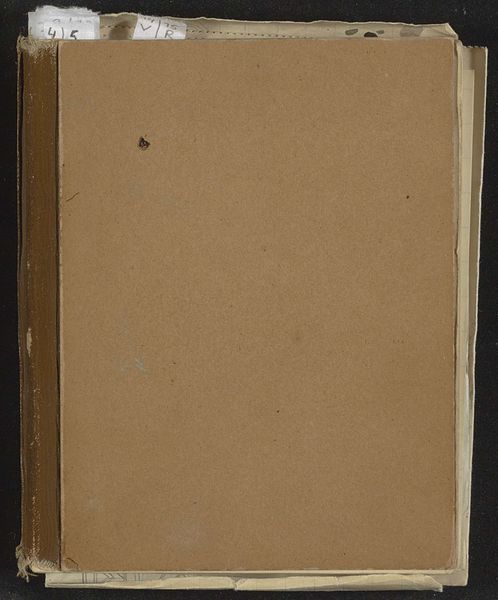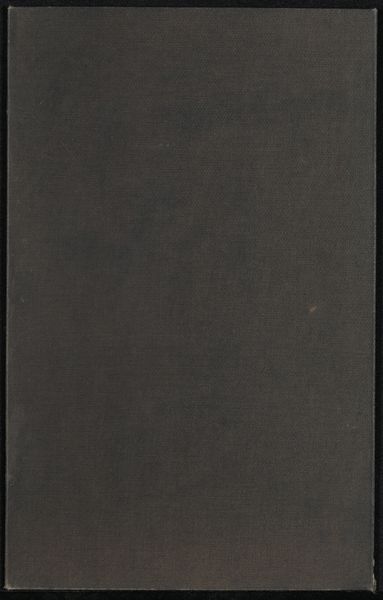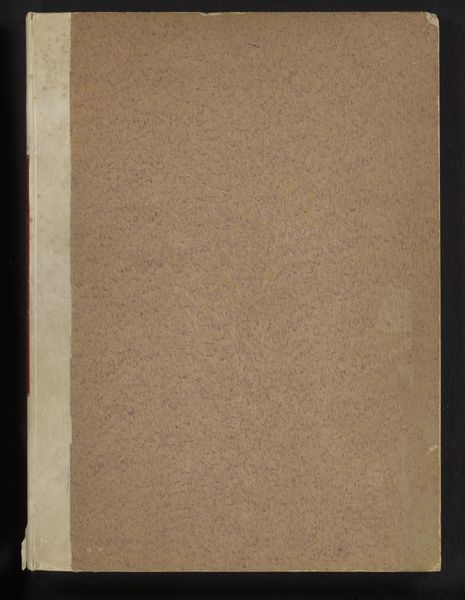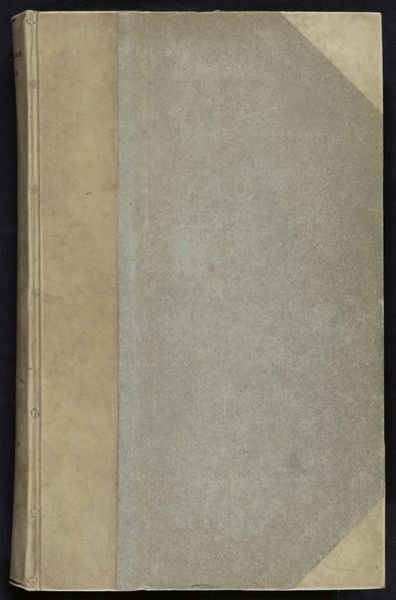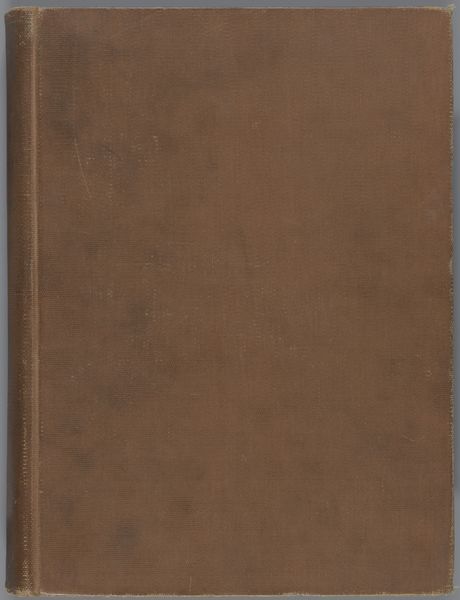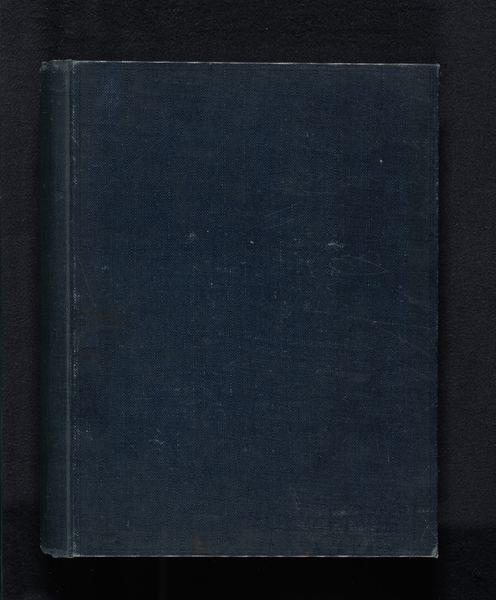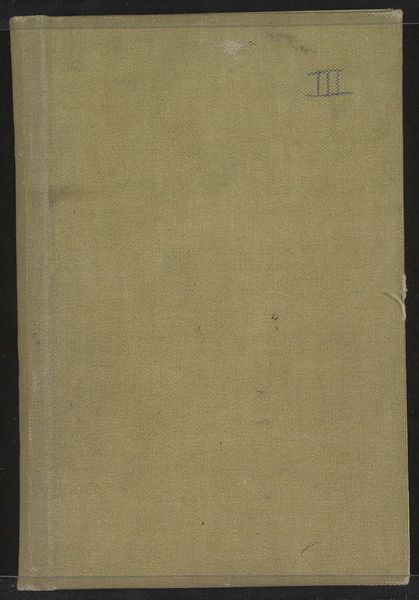
print, photography, albumen-print
#
still-life-photography
#
printed
#
reduced colour palette
# print
#
photography
#
embossed
#
albumen-print
Dimensions: height 276 mm, width 180 mm, thickness 36 mm, width 367 mm
Copyright: Rijks Museum: Open Domain
Curator: So, what catches your eye about this album cover, the "Fotoalbum van met foto's van Rotterdam, Dordrecht en Delft," dating roughly between 1900 and 1920? Editor: The stillness. It’s deceptively simple. Like a muted stage before the play begins. This unassuming sage-green cover hints at the untold stories within. I'm immediately drawn to it, this whisper of history. Curator: Exactly! The embossed texture, the subtle variations in color—these are all intentional choices by the photographer, G. Hidderley. The use of albumen prints would have been quite common then. It tells a tale of meticulous craft. What visual cues hint at the narrative, do you think? Editor: The color palette for starters. The limited tones, a spectrum of earthy greens, project a world seen through memory, hinting that what's inside are recollections. Photography at this point had become more democratized but there was still reverence implied through keeping them in an album like this. It transforms the captured image from fleeting to treasured. Curator: I see your point. It also creates an intriguing juxtaposition; printed images, designed to disseminate, but housed in what’s implicitly presented as a single personal collection. Those cities listed in the title become characters almost, framed and bound. Do you see symbolic weight there, beyond the literal place? Editor: Oh, definitely. Rotterdam, Dordrecht, Delft. Even just uttering those names, you get a sense of Dutch identity taking root in my imagination—major landmarks represented by a simple clothbound photograph album. Think of the social circles that were shaped as people shared the views captured in these places during that period. It almost functions as a tiny monument. Curator: Precisely. I appreciate how that ties into memory and place. Looking closer has changed the way I consider something that originally felt so commonplace. It encourages a deeper, richer examination of time and identity and I find that powerful. Editor: Me too. This humble green book reveals how simple objects carry narratives. History resides in it; quiet and green, like our earth.
Comments
No comments
Be the first to comment and join the conversation on the ultimate creative platform.
